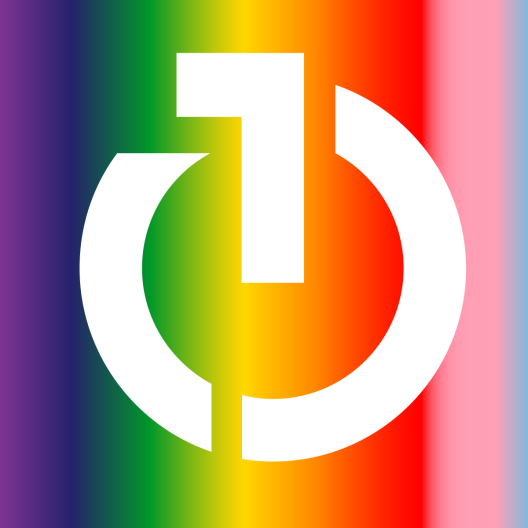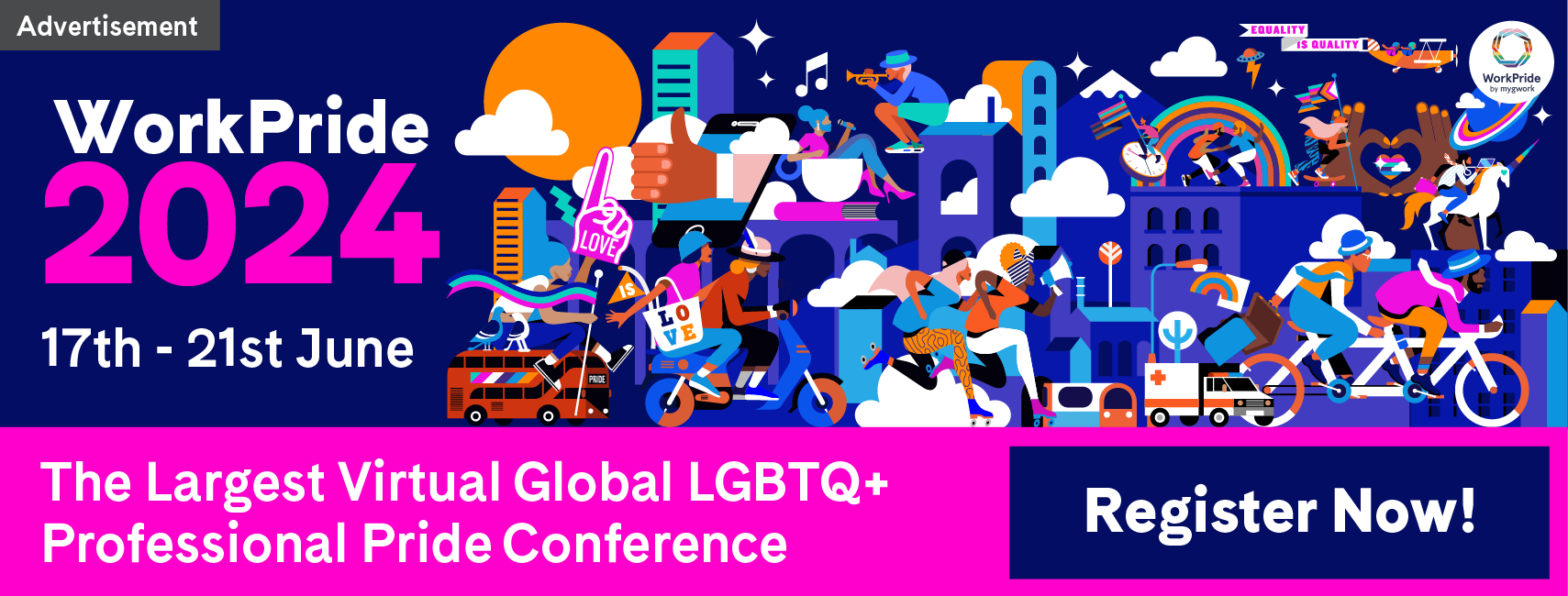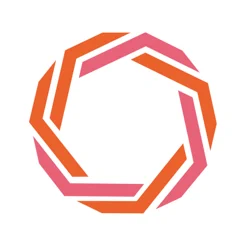
My Coming Out Story and How We Can All Be More Welcoming at Work and in Life
Interviews
“To me, pansexuality is not a preference, it’s who I’ve always been,” Susy Chu, Learning & Development Manager at The Trade Desk, spoke to myGwork about coming out in the workplace and coping with the feelings of anxiety that come with it. She described her journey to self-acceptance and understanding, and shared advice for people who are considering opening up and being their authentic selves at work.
Growing up in the 1990s, the term "coming out" carried a heavy stigma. Today, it's been reclaimed by LGBTQIA+ individuals through inspiring stories, music, and social media. Coming out happens when someone in the community reveals their gender identity or sexual orientation to others – breaking free from the confines of gender norms and heterosexuality. Because homophobia thrives in an atmosphere of silence and ignorance, the hope is that as loved ones learn about our identities, we foster understanding and diminish homophobia.

Coming out, in any capacity, is much more difficult than just realizing how you identify. You discover quickly that coming out isn’t a one-time experience. After coming out to yourself, you then work up the courage to tell someone “Hey, this is part of who I am,” which is nerve-wracking on a good day. There are usually many times that someone may have to come out after that – in the workplace, at school, social circles, to a medical professional... and on and on. There are so many things to consider at every instance, including safety, changing or shifting of relationships, and a sense of vulnerability that never truly fades.
Here is my identity crisis in a nutshell. I appear cisgender and can pass as straight, but I knew something about me didn't align with those labels. Mix that with low self-esteem stemming from an oppressive upbringing, my introverted nature, and – oh yeah! Let me get this out of the way: I am married to a straight man I’ve known for over 16 years. He is my best friend and the love of my life. And yes, he knows.
Coming out as bisexual during my teenage years felt less daunting, thanks to open-minded friends. I had a lot of practice after coming out to my mom several times. But she would just ignore the part of me that "liked girls." My family's traditional East Asian values, compounded by their own struggles with minority stress and assimilation in a new country, made it challenging for me to express my identity openly. They had a saying, “children have ears (for listening), not mouths (for speaking).”
It was only in recent years that I saw gender as a spectrum of vibrant violets and indigos among the pinks and blues. I had to come to terms with being pansexual, which means I'm attracted to people regardless of their gender identity or expression. Some people may ask what the difference is between bi and pansexual. While the discussion is ongoing even within our own community, I chose the term that described me best. To me, pansexuality is not a preference, it’s who I’ve always been. It seemed like an easy transition, yet how strange it was for me to find myself in a place where I felt like I needed to come out all over again. Let’s just say my generalized anxiety disorder was alive and well.
Fortunately, my coming out journey began before I joined The Trevor Project, an organization dedicated to preventing suicide among LGBTQIA+ young people. I helped their talented team build a top tier counselor training program, supporting others in their journeys. Working there allowed me to be open about my identity and find my place in the queer community. Just being in the same space with my incredible colleagues helped me through any feelings of guilt and shame.

In the past year that I’ve been working at The Trade Desk, I’ve found that we have a remarkable balance of resources, benefits, and a global community of empathetic individuals. Our values of openness and full-heartedness have allowed me to be more authentically myself, dispelling any apprehension I had in leaving The Trevor Project.
My experience at both organizations has given me a great deal of insight as to how we can create safer, more inclusive workspaces. Our goal should not be to pressure anyone to come out. Rather, we should work to build an environment that makes it easier for everyone to be themselves at work. Below is a vision I’ve outlined for how companies should approach inclusion for the benefit of the LGBTQIA+ community and all employees.
Lead with respect: We emphasize not only what we do, but how we do it. We share our expectations for how we interact and set a code of conduct based on mutual respect. Why? Because we have no tolerance for bullying or harassment, and we believe in promoting an environment that is safe for all. Our benefits and policies reflect the diversity of our global workforce and their families. And we are always evaluating and improving our approach.
Learn Together: We share our own stories and draw on the expertise of others to learn about identity, intersectionality, power/privilege, bias, stereotypes, microaggressions, equity, and justice. Awareness of these areas will help to dispel myths and stereotypes and emphasize the importance of respect and understanding. The more we learn, the more aware and aligned we become.
Elevate Visibility: We support our LGBTQIA+ colleagues and our allies that are willing to be visible, active, and recognized within the organization.
This can include:
- Participating in panels, events, or leading diversity and inclusion initiatives.
- Recognizing and rewarding folks when great work is being done in this space. Having visible LGBTQIA+ role models can inspire others and foster a greater sense of belonging.
- Promoting the usage of pronouns in communications and on platforms like Slack and Zoom.
Build Partnerships: We celebrate milestones and Pride events by inviting LGBTQIA+ speakers and amplifying representation. By partnering with experts to share their experiences and knowledge, we advance representation and visibility, which again fosters belonging.
Inclusivity Beyond Words: We work to build inclusive, welcoming environments by:
- Creating inclusive environments, through things like gender-neutral facilities.
- Offering supportive benefits like LGBTQIA+ friendly healthcare, including those that recognize gender-affirming care and family planning alternatives.
- Providing additional resources such as mental health support.
Of the vision outlined above, I believe that The Trade Desk is well on its way. We’ve implemented inclusive policies, we offer DE&I training, we promote LGBTQIA+ visibility and representation, we build partnerships with incredible organizations like myGwork, Stonewall, Lesbians Who Tech, and more. We work every day to ensure that our physical environments are as inclusive as our impressive healthcare benefits and resources. Although there is always more to be done, we’re making huge strides.
While celebrating coming out is vital, we must also respect those who choose not to, considering the ongoing risks faced by the LGBTQIA+ community. By sharing my story here, I'm coming out yet again – this time feeling safe within my supportive network of colleagues. I hope that more people in our community get to experience this when and if they choose to come out.

